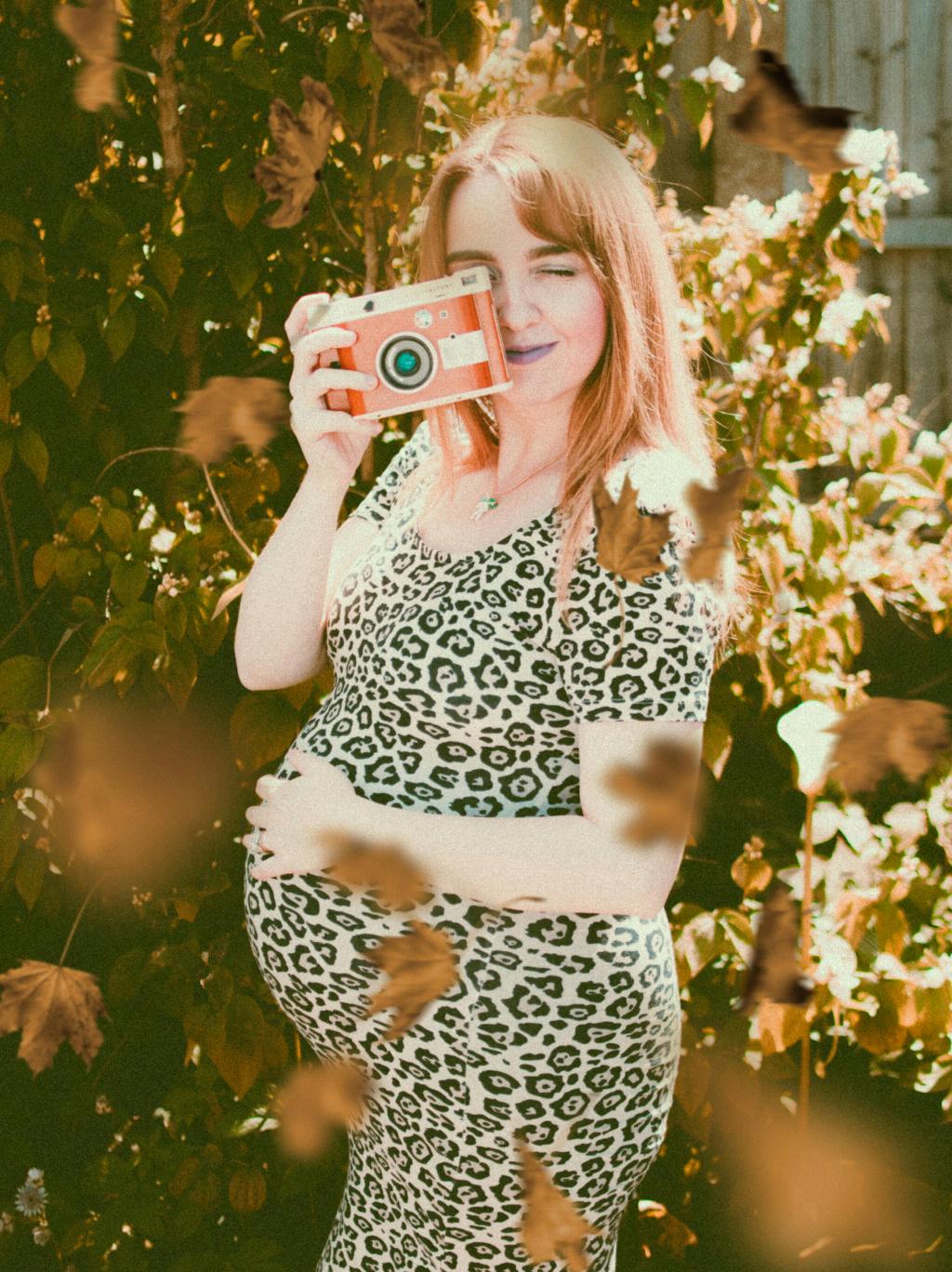Have you ever noticed small, raised, and bright red bumps on your skin that seem to appear out of nowhere? If so, you might have come across a pyogenic granuloma. These tiny growths can be quite surprising in appearance, often catching people off guard with their distinct characteristics.
When observing a pyogenic granuloma, one of the first things you may notice is the vivid red color of the bump. This intense hue is a key identifying feature of these growths, making them stand out against the surrounding skin tone. Their vibrant red shade is a result of the high concentration of blood vessels that supply them with nutrients and oxygen, giving them that characteristic appearance.
In addition to their striking color, pyogenic granulomas typically have a raised appearance on the skin. These bumps may protrude slightly from the surface, creating a noticeable bump that is palpable to the touch. Despite their small size, the elevation of the granuloma sets it apart from flat lesions or moles that may be present on the skin.
While examining a pyogenic granuloma, you may observe that the surface of the bump is smooth to the touch. Unlike rough or scaly skin conditions, these growths often have a glossy texture that can feel moist or slightly slick. This smooth surface contributes to their distinct look and can help differentiate them from other skin abnormalities.
An important characteristic of pyogenic granulomas is their tendency to bleed easily when disturbed. Due to the abundant blood vessels within the growth, even minor trauma or pressure can cause the lesion to bleed profusely. This propensity for bleeding can be alarming but is a common feature of these benign skin growths.
Despite their vivid red color and tendency to bleed, pyogenic granulomas are considered benign growths, meaning they are noncancerous and typically harmless. While they may appear alarming due to their appearance and behavior, these lesions are generally easy to manage and treat with the guidance of a healthcare professional.
It’s important to note that pyogenic granulomas can vary in size, with some being quite small and others growing larger over time. The appearance of these growths may also evolve, changing in color or texture as they develop. Monitoring any changes in the characteristics of a pyogenic granuloma can be helpful in determining the need for medical evaluation and treatment.
When identifying a pyogenic granuloma, it is essential to distinguish it from other skin conditions that may have similar appearances. Consulting with a dermatologist or healthcare provider can provide clarity and ensure an accurate diagnosis. By accurately identifying the type of skin growth present, appropriate treatment options can be pursued for optimal management.
While pyogenic granulomas are commonly found on the skin, they can also occur in the oral cavity, particularly on the gums. Oral pyogenic granulomas may present as red, raised, and bleeding lesions within the mouth, often attributed to factors such as trauma or hormonal changes. Monitoring oral lesions and seeking dental evaluation is crucial for proper diagnosis and management.
In some cases, pyogenic granulomas may spontaneously resolve without intervention, especially if the triggering factor has been removed or resolved. However, persistent or symptomatic growths may require treatment to prevent complications or discomfort. Consulting a healthcare provider for evaluation and guidance on management options is recommended in such instances.
Overall, the distinctive appearance of a pyogenic granuloma, characterized by its bright red hue, raised surface, smooth texture, and tendency to bleed easily, sets it apart as a unique skin growth. While these lesions may cause concern due to their appearance, understanding their typical features and seeking appropriate medical care can help address any potential issues effectively.

